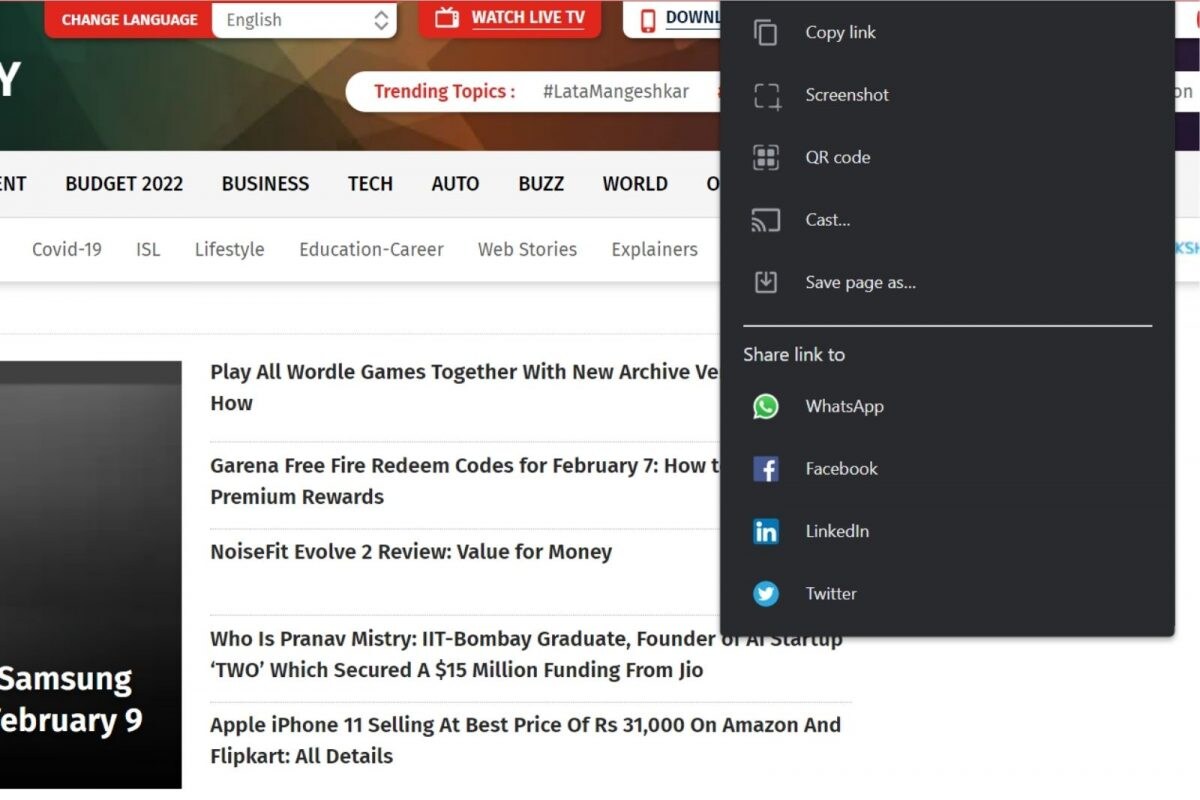
- #SCREENSHOT GOOGLE CHROME WEBSITE UPDATE#
- #SCREENSHOT GOOGLE CHROME WEBSITE FOR ANDROID#
- #SCREENSHOT GOOGLE CHROME WEBSITE CODE#
Generally speaking, if a website needs to know what browser you’re using and how up-to-date it is, it will check what’s called the “User Agent string.” This is a bit of text that your browser attaches to every web connection it makes, letting the site know about itself.
#SCREENSHOT GOOGLE CHROME WEBSITE CODE#
These websites all use the same bit of code to check what version of Chrome you’re using. However, in the last few weeks, Google has found examples in the wild of sites that will break.Īccording to the Chromium Bug Tracker, the websites that are known to be affected are primarily those developed with Duda, a web design kit. While nothing significant is set to change in the browser, Google has long been aware that Chrome 100 could cause some websites to cease functioning altogether. Having been around for 13 years now, Google Chrome is rapidly approaching its 100th major version. Google has begun investigating and testing solutions. Follow us on Facebook, Twitter and Telegram.Google Chrome is set to reach version 100 soon, but it looks like the release will cause some websites to no longer work. Read all the Latest News, Breaking News and Coronavirus News here.
#SCREENSHOT GOOGLE CHROME WEBSITE UPDATE#
If you choose to save the screenshot to your device, it will be saved in the default download folder.įor some reason, if you are unable to see the Chrome flag that is needed to be enabled, you need to update your Google Chrome browser to its latest version. Step 10: Now you will be asked if you want to ‘Share the screenshot,’ or ‘Save to the device only,’ or ‘Delete’ it. You can also choose to edit or annotate the screengrab if you want. Step 9: Once you have selected the desired portion of the web page to be captured, tap on ‘Next’ on the top-right. Use the top and bottom arrows to scroll as much up or down as you need. Step 8: Now, you will see a crop-like screen. On the bottom of the pop-up, you will see ‘Long Screenshot.’ Touch that option. Step 7: From the menu, select ‘Share.’ A pop-up will open. Step 6: To make sure it worked, open a webpage or come back to this article and tap on the top right three-dot menu button. Step 5: Tap on ‘Relaunch’ to let the changes take effect. Step 4: Choose ‘Enabled.’ Once you have set the Chrome flag to enabled, you will see a snack bar message on the bottom of your screen asking you to relaunch Chrome.

Step 3: Soon, you will see an option saying ‘Chrome Share Long Screenshots.’ Touch on the ‘Default’ drop-down. In the search bar, type ‘Long Screenshot.’ Step 2: Once Chrome Flags open, you will see a search bar on the page. Google Slapped With $187 Million For Antitrust Practices In South Korea

The feature is out for testing and you can enable it from Chrome Flags.

#SCREENSHOT GOOGLE CHROME WEBSITE FOR ANDROID#
However, Google Chrome for Android is bringing its own ‘Long Screenshot’ feature that not only addresses this issue but also enables users to take a scrolling screenshot even if their phone did not have the feature natively. Lazy loading loads web content when you scroll to it, but if you want to take a screenshot without even scrolling to that portion, sometimes the screen is grabbed even before the content is loaded, the result - a failed scrolling screenshot. One of the key problems native to screen-grabbing faces while working in browsers is lazy loading. Still, a scrolling screenshot attempting to fully capture a web page with its complex pop-ups and ad embeds doesn’t always work flawlessly, especially on older phones. Well, Android 12 will fulfill that wish for Android users with scrolling screenshots are also one of the marketed features of Android 12.

Scrolling screenshots is a feature that many Android users wish to have.


 0 kommentar(er)
0 kommentar(er)
